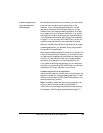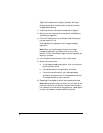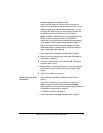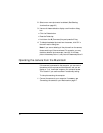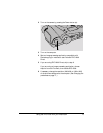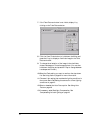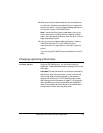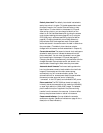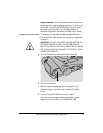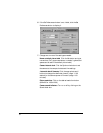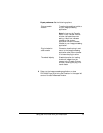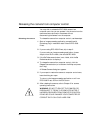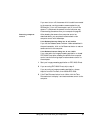
Default picture label The default picture label is attached to
each picture when it is taken. This label appears below each
thumbnail image in the Transfer Pictures window to help
identification. It is also visible in the camera’s LCD panel.
After taking a picture, you can change its label from the
default to an individualized description by using the camera
controls (see Labeling pictures on page 50) or by using the
PDC-2000 plug-in software (see Editing a picture label on
page 68). Changing the default picture label affects only
pictures taken after the changes are made. Pictures taken
earlier and stored in the camera retain the label in effect when
they were taken. (The default picture label can also be
changed with the camera controls as described in Chapter 3.)
Current date and time The camera’s internal clock settings are
attached to each picture to indicate the date and time the
picture was taken. You can view the camera’s current date
and time settings in the camera LCD panel (see page 37).
Changing the date or time affects only pictures taken after the
changes are made. Pictures taken earlier and stored in the
camera retain the settings in effect when they were taken.
Automatic shutoff timeouts The timeout settings determine
how long the camera remains inactive before the viewfinder
image on the computer and the main camera power
automatically turn off to conserve battery power. The
automatic shutoff for camera power does not operate when
the camera is under computer control (displaying
“connected” in the LCD panel) and connected to AC power.
Picture resolution The PDC-2000 can be set to transfer its
internally stored pictures as either high resolution (800x600)
or super-high resolution (1600x1200) images. The selected
picture resolution option is applied to the pictures during
transfer from the camera to the computer. It does not affect
the way the pictures are taken or stored in the camera.
Camera sound indicators You can disable the camera’s
audible error signals. (See Sound indicators on page 40 for a
description of these indicators.)
76




